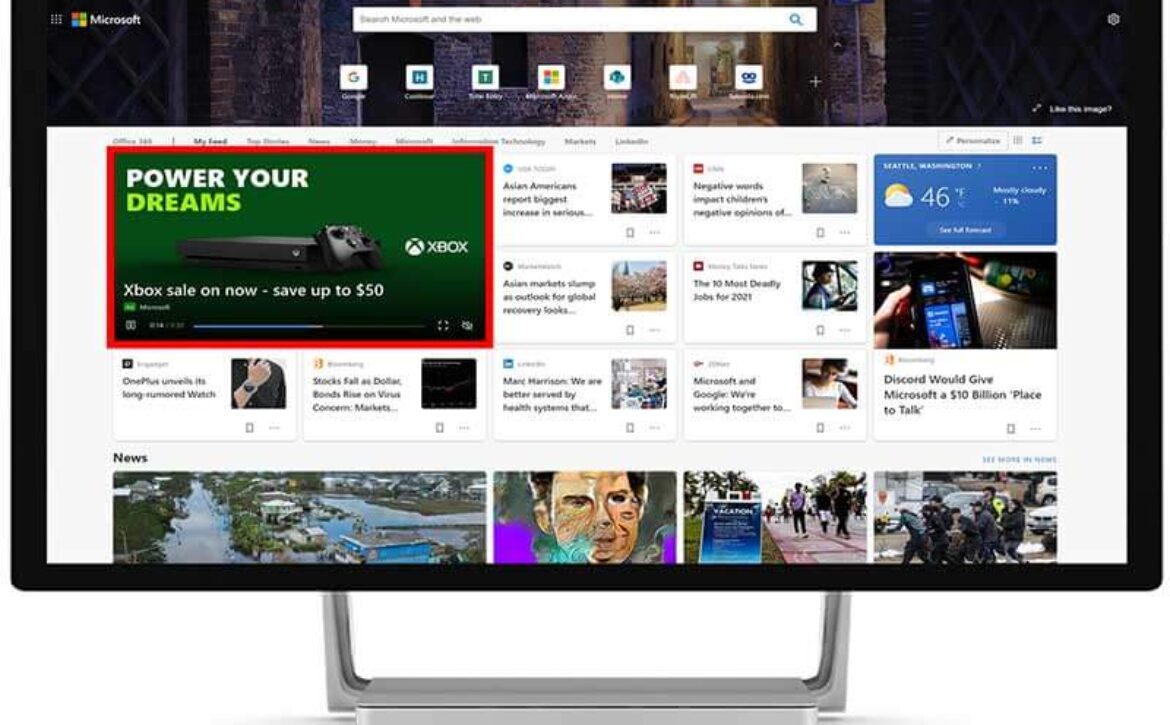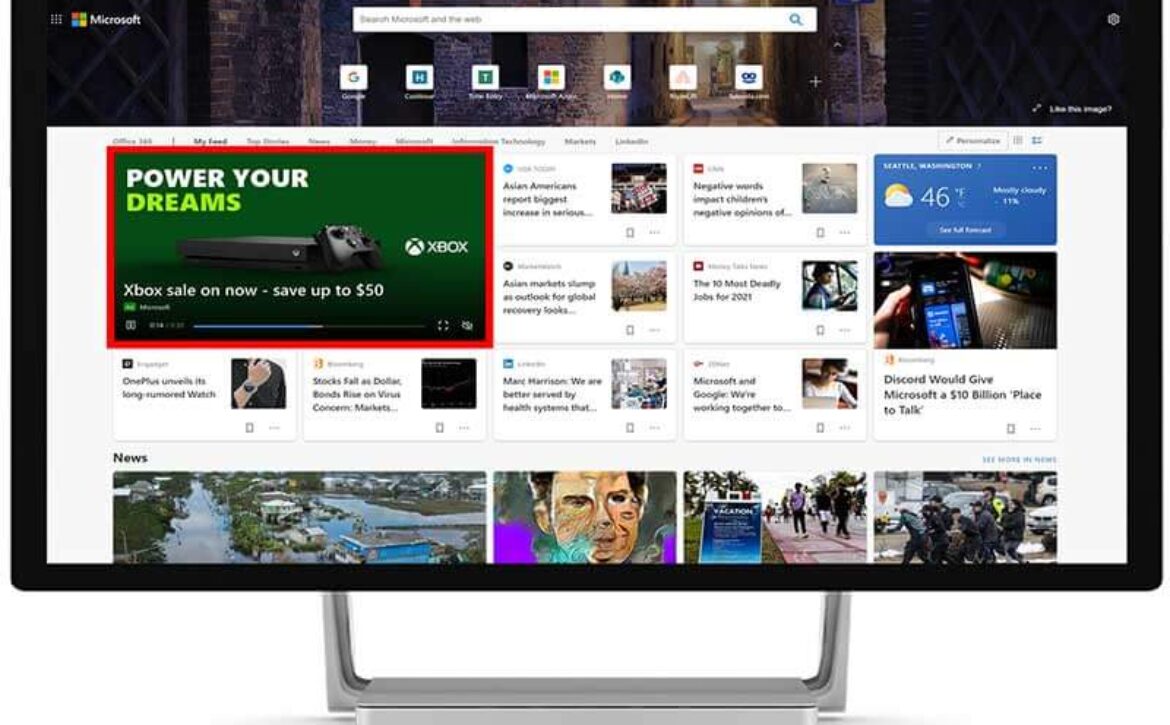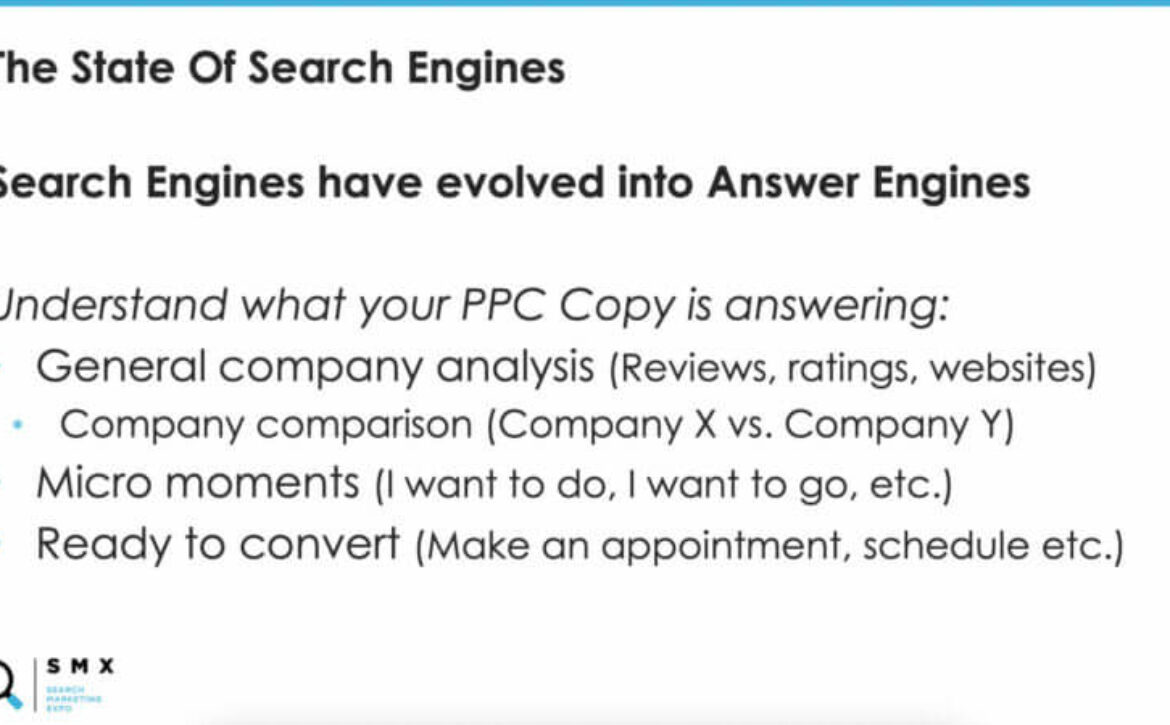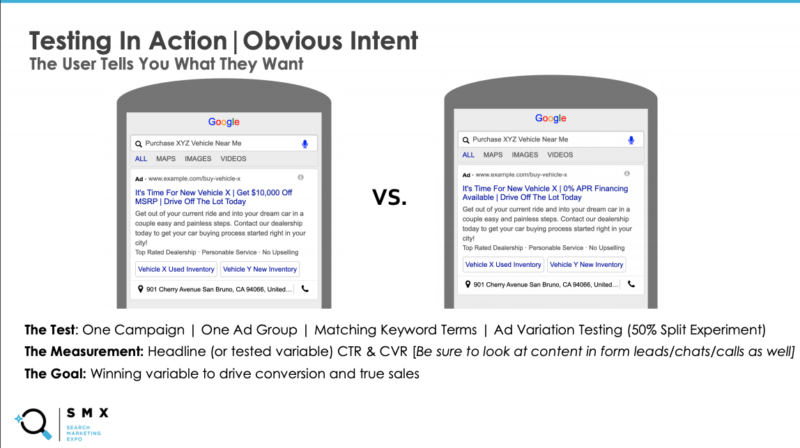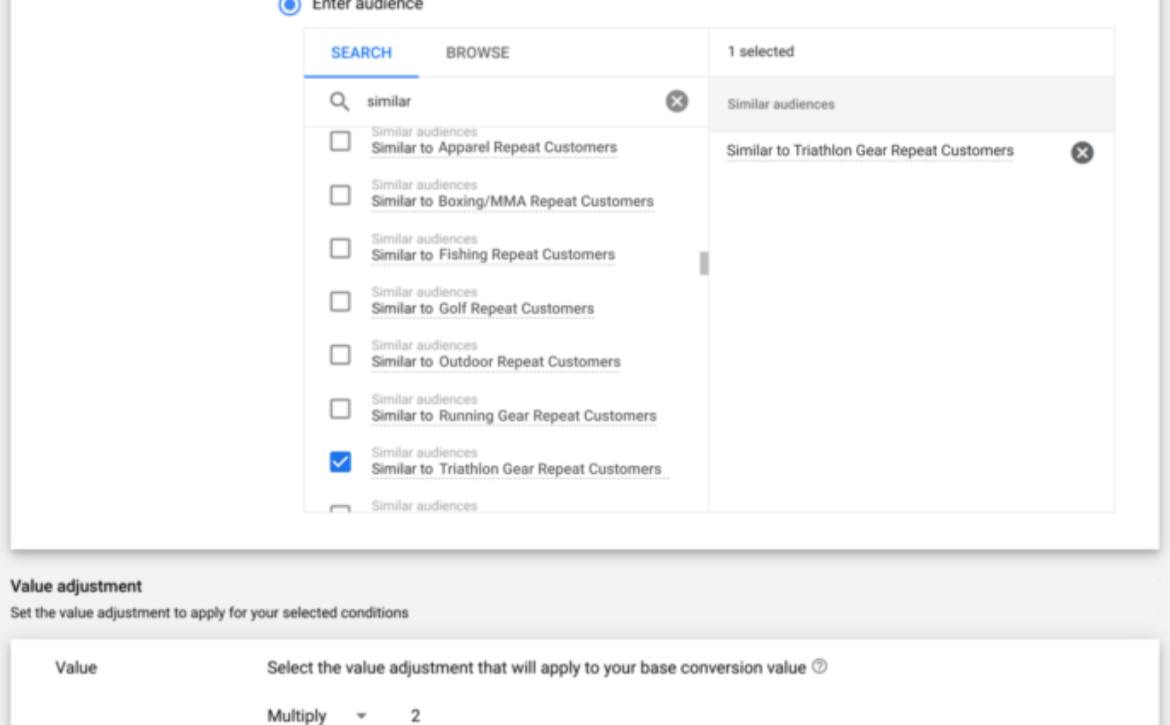Google search terms report adds historical query data for impressions without clicks
Beginning today, Google Ads will show advertisers historical data for queries that received impressions but no clicks in the search terms report for Search and Dynamic Search Ads campaigns, the company announced Thursday. “Historically, the report only ever showed queries that resulted in a click,” Pallavi Naresh, senior product manager at Google, told Search Engine Land, “We knew that advertisers wanted more data and we had to make investments in our tech stack to show this magnitude of data in Google Ads.”
And, on February 1, 2022, the company will remove historical query data collected before September 1, 2020 (the day before the company initially limited search terms reporting) that doesn’t meet its privacy thresholds.
“Still only providing reporting for terms that a significant number of users have searched.” Last year, Google used the following message to notify advertisers that it would limit search terms reporting: “We are updating the search terms report to only include terms that were searched by a significant number of users. As a result you may see fewer terms in your report going forward.” The new query data still only includes “terms that were searched by a significant number of users.”
“It’s important to note there have been no changes to policy definitions or privacy thresholds that have contributed to making this change possible,” Naresh said, “We are still only providing reporting for terms that a significant number of users have searched for across all Google searches.”
Additional data from February 1, 2021. The additional data shown in reports will be for queries advertisers received starting on February 1, 2021.
“We started saving queries that received impressions but no clicks starting on February 1 while we were simultaneously upgrading our tech stack,” Naresh said when asked why the data starts on that particular date.
Reporting for historical query data will be limited after February 1, 2022. After February 1, 2022, historical query data collected prior to September 1, 2020, and that doesn’t meet Google’s “current privacy threshold,” will be removed from search terms reports.
“Most advertisers will continue to see most of their queries prior to Sept 1, 2020,” Naresh said, reiterating, “We are only removing historical queries that did not meet the new thresholds for search query reporting that we established in September 2020. We are removing this data as part of our ongoing effort to make our privacy thresholds consistent across Google.”
Why we care. Advertisers are gaining access to some new data, but this update is not a reversal of the September 2020 change that initially limited search terms reporting. The additional data is for queries that received impressions but no clicks and the data is still only for “terms that were searched by a significant number of users.”
Nevertheless, this new information could be quite useful for many advertisers. The additional query data could reveal what’s failing to attract the right audience. Advertisers can use this information to build out their negative keyword lists to improve their campaign efficiency.
With regards to historical query data, the company is giving us nearly five months to export all data collected before September 1, 2020. Advertisers should grab this data while they still can so they can continue to reference it — after the February 1 cutoff date, Google will be removing the portion of that data that doesn’t meet its privacy thresholds.
And, Google is saying these changes are a result of feedback from the community. While it’s certainly not a return to the level of data transparency that paid search marketers had prior to September 2020, it is an improvement. For the foreseeable future, it looks like Google is not backing down on reporting only for “terms that were searched by a significant number of users.”
More on limited search terms reporting:
- How much does Google’s new search term filtering affect ad spend transparency? Here’s how to find out
- Google’s search terms move will make millions in ad spend invisible to advertisers
- ‘Significant’ drop in Google-reported search terms seen across devices and ad formats [Report]
The post Google search terms report adds historical query data for impressions without clicks appeared first on Search Engine Land.



